
Beginner’s Blueprint: MVP Development for Startup Founders
Building a successful startup requires smart resource allocation and strategic product development. A Minimum Viable Product (MVP) represents your product’s first version, containing just enough features to attract early adopters and validate your core business idea.
Think of an MVP as your startup’s foundation – a basic yet functional version of your product that helps you:
- Test market demand without excessive investment
- Gather valuable user feedback
- Validate your business assumptions
- Launch faster and learn quicker
As a startup founder, you’re likely juggling limited resources while racing against time to bring your vision to life. This guide walks you through the essentials of MVP development, helping you understand:
- Different MVP types and their applications
- Key benefits of the MVP approach
- Step-by-step process to build your first MVP
Whether you’re a first-time founder or an experienced entrepreneur exploring new ventures, this blueprint will help you navigate the crucial early stages of product development.
Understanding MVP Development for Startups
MVP development is a crucial strategy for startups looking to validate their market. This lean approach allows you to test your business idea with real users while minimizing financial risks and development time.
- Rapid market entry with core functionalities
- Cost-effective product development cycle
- Direct user feedback collection
- Risk mitigation through iterative improvements
Your MVP serves as a practical testing ground for business assumptions. By launching a simplified version of your product, you can gauge genuine market interest and collect valuable user insights. Companies like Dropbox started with a simple demo video MVP, proving that even basic versions can validate million-dollar ideas.
The validation process through MVP helps you:
- Identify actual user needs
- Measure market demand
- Understand user behavior patterns
- Refine product features based on data
Market success testing becomes tangible through user engagement metrics, feedback analysis, and conversion rates. This data-driven approach enables you to make informed decisions about product development and market fit.
Types of MVPs You Can Consider
Building your startup’s MVP requires choosing the right approach that aligns with your goals, resources, and target market. Here’s a detailed look at different MVP types you can implement for your startup.
A single-feature MVP focuses on delivering one core functionality that solves a specific problem for your target users. This approach strips away all non-essential features to test your main value proposition.
- Concentrated development effort on one primary feature
- Faster time to market
- Clear user feedback on specific functionality
- Lower development costs
- Easier to pivot based on user response
- Instagram started as a simple photo-sharing app with filters
- Buffer began with just the ability to schedule tweets
- Dropbox launched with basic file synchronization
- Your product solves a specific pain point
- You need quick market validation
- Your resources are limited
- You want to test a unique feature
- Your target audience has a clear, singular need
The single-feature MVP strategy helps you validate your core assumption about market need without the complexity of multiple features. By focusing on one key functionality, you can gather targeted feedback and iterate based on real user data.
A pre-order MVP lets you gauge market interest by selling your product before it exists. This approach helps validate demand and secure initial funding through customer commitments.
- Landing page with product details
- Pricing information
- Pre-order functionality
- Email collection system
- Clear delivery timeline
- Oculus Rift launched a Kickstarter campaign with prototype demos
- Tesla Model 3 gathered 325,000 pre-orders in its first week
- iPhone pioneered pre-orders in the smartphone industry
- Create compelling product visuals
- Set realistic delivery expectations
- Offer early-bird discounts
- Maintain transparent communication
- Provide regular progress updates
Pre-order MVPs work best for physical products or software with significant development costs. You’ll need a strong marketing strategy and clear value proposition to convince customers to pay before receiving the product.
The Concierge MVP takes a hands-on, personalized approach to service delivery. You manually perform the core functions of your product or service, acting as the “human version” of your future automated solution.
Food Panda started by manually taking food orders through phone calls and personally delivering them to customers. This allowed them to:
- Test market demand
- Understand customer preferences
- Identify operational challenges
- Build relationships with restaurants
- Direct customer interaction
- Immediate feedback collection
- Low initial investment
- Flexible adaptation to user needs
- Start with a small customer base
- Document each interaction
- Track common patterns
- Identify automation opportunities
The Concierge MVP works particularly well for service-based startups and marketplace platforms. Companies like Zappos used this approach by purchasing shoes from local stores and shipping them to customers before building their full e-commerce platform.
A Fake Door MVP creates an illusion of a product or feature to gauge market interest before actual development. This approach lets you test demand with minimal investment by setting up a landing page, advertisement, or product description that appears real to potential customers.
- Create a compelling landing page
- Set up “Buy Now” or “Sign Up” buttons
- Track user interactions and click-through rates
- Collect email addresses for future marketing
- Buffer tested their social media scheduling concept through a simple pricing page
- Dropbox validated their file-sharing service with a product demo video
- Zappos started with photographs of shoes from local stores, purchasing items only after receiving orders
The Fake Door method shines in risk mitigation. You’ll discover if customers want your product before investing significant resources in development. This data-driven approach helps prevent the costly mistake of building something nobody wants.
- Be transparent with users about product availability
- Collect meaningful metrics beyond simple page views
- Use A/B testing to optimize your landing page
- Follow up with interested users for valuable insights
High-fidelity MVPs represent the most polished and feature-rich version among MVP types. These MVPs closely resemble the final product, incorporating refined design elements, smooth user interfaces, and multiple core functionalities.
Key characteristics:
- Advanced visual design
- Sophisticated user interface
- Multiple essential features
- Professional-grade functionality
- Comprehensive user experience
High-fidelity MVPs work exceptionally well for startups seeking substantial investor funding or targeting enterprise clients. Companies like Slack started with a high-fidelity MVP, launching their product with robust features and a polished interface to attract corporate users.
Use cases:
- B2B software products
- Enterprise solutions
- Complex mobile applications
- Financial technology platforms
- Healthcare systems
While high-fidelity MVPs require greater investment in time and resources, they provide
valuable benefits:
- Detailed user feedback
- Higher user engagement
- Better market positioning
- Increased credibility
- Strong foundation for scaling
Example: Instagram’s initial release featured high-quality photo filters, social sharing capabilities, and a refined user interface – demonstrating how a well-executed high-fidelity MVP can capture market attention effectively.
A low-fidelity MVP represents the most basic version of your product idea, designed to test core assumptions with minimal investment. This approach strips away all non-essential elements to focus on the fundamental value proposition
Key characteristics:
- Basic wireframes or sketches
- Limited functionality
- Rapid development cycle
- Minimal design elements
- Cost-effective implementation
- Buffer started as a simple landing page with two buttons
- Dropbox launched with just a demo video
- Amazon began as a basic online bookstore
Low-fidelity MVPs excel at rapid market validation. You can create paper prototypes, clickable wireframes, or simple landing pages to gauge user interest. This approach proves particularly effective for startups operating with limited resources or testing risky market assumptions.
Implementation methods:
- Paper prototypes
- Basic wireframes
- Simple landing pages
- Email signup forms
- Wizard of Oz testing
The low-fidelity approach allows you to collect valuable user feedback and validate core assumptions before investing significant resources in development.
Benefits of Adopting an MVP Approach as a Startup Founder
The MVP approach brings substantial advantages to startup founders navigating the challenging entrepreneurial landscape. Here’s why adopting an MVP strategy can significantly boost your startup’s success potential:
- Test market demand before heavy investment
- Identify potential pitfalls early in development
- Adjust business strategy based on real user feedback
- Reduced initial development costs
- Focused resource allocation
- Earlier return on investment potential
- Direct user feedback from target audience
- Clear insights into customer needs
- Data-driven decision making
- Tangible product demonstration
- Proven market interest
- Real user metrics and engagement data
- Faster time to market
- Ability to pivot quickly based on feedback
- Early market presence establishment
- Build features users actually want
- Create stronger product-market fit
- Develop customer loyalty from day one
The MVP approach transforms abstract business ideas into testable realities. By launching with core features, you can gather invaluable user insights while maintaining development agility. This strategy allows you to build a product that resonates with your target market while preserving your startup’s resources for strategic growth opportunities.
The Step-by-Step Development Process for Your First Minimal Viable Product
Building your first MVP doesn’t have to be overwhelming. Here’s a proven roadmap to guide you through the development process:
- Study your target audience’s pain points
- Analyze competitor solutions
- Identify market gaps and opportunities
- List all potential features
- Use the MoSCoW method to prioritize:
- Must-have features
- Should-have features
- Could-have features
- Won’t-have features
- Develop detailed profiles of your ideal users
- Map out their journey with your product
- Identify key touchpoints and interactions
- Start with simple wireframes
- Create clickable prototypes
- Test usability with potential users
- Select appropriate technology stack
- Build core features
- Implement basic analytics tracking
- Set up feedback collection mechanisms
- Run functionality tests
- Check for usability issues
- Verify core features work as intended
- Test across different devices/platforms
- Release to a small user group
- Set up multiple feedback channels
- Monitor user behavior
- Track key metrics
Remember: Your MVP isn’t meant to be perfect. Focus on delivering value through essential features, gather user feedback, and iterate based on real-world usage data. This approach helps you build a product that truly resonates with your target market while minimizing development costs and risks.
 From Chaos to Clarity: The Ultimate Guide to Automating Financial Reports with VBA
From Chaos to Clarity: The Ultimate Guide to Automating Financial Reports with VBA
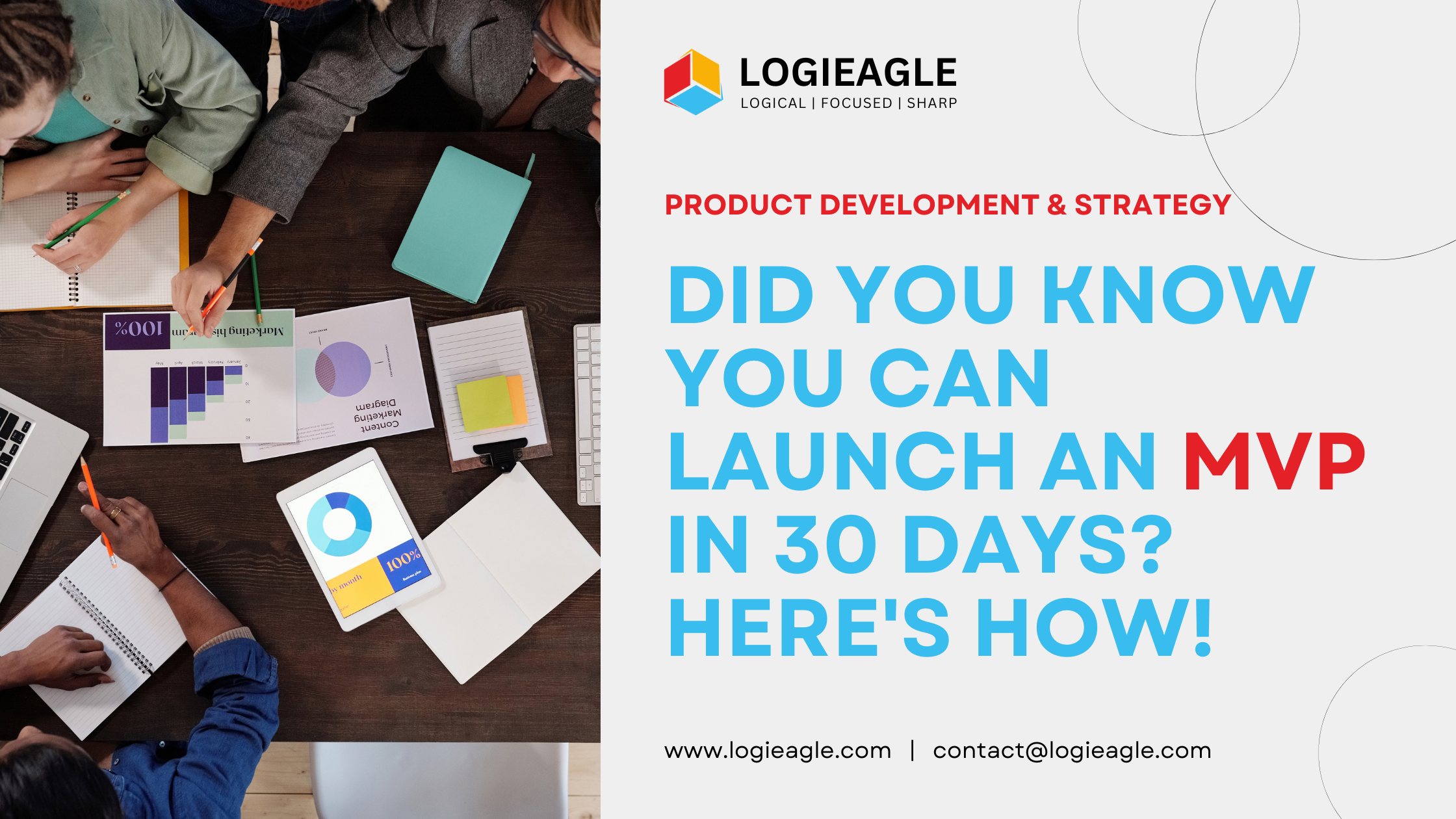 Did You Know You Can Launch an MVP in 30 Days? Here's How!
Did You Know You Can Launch an MVP in 30 Days? Here's How!
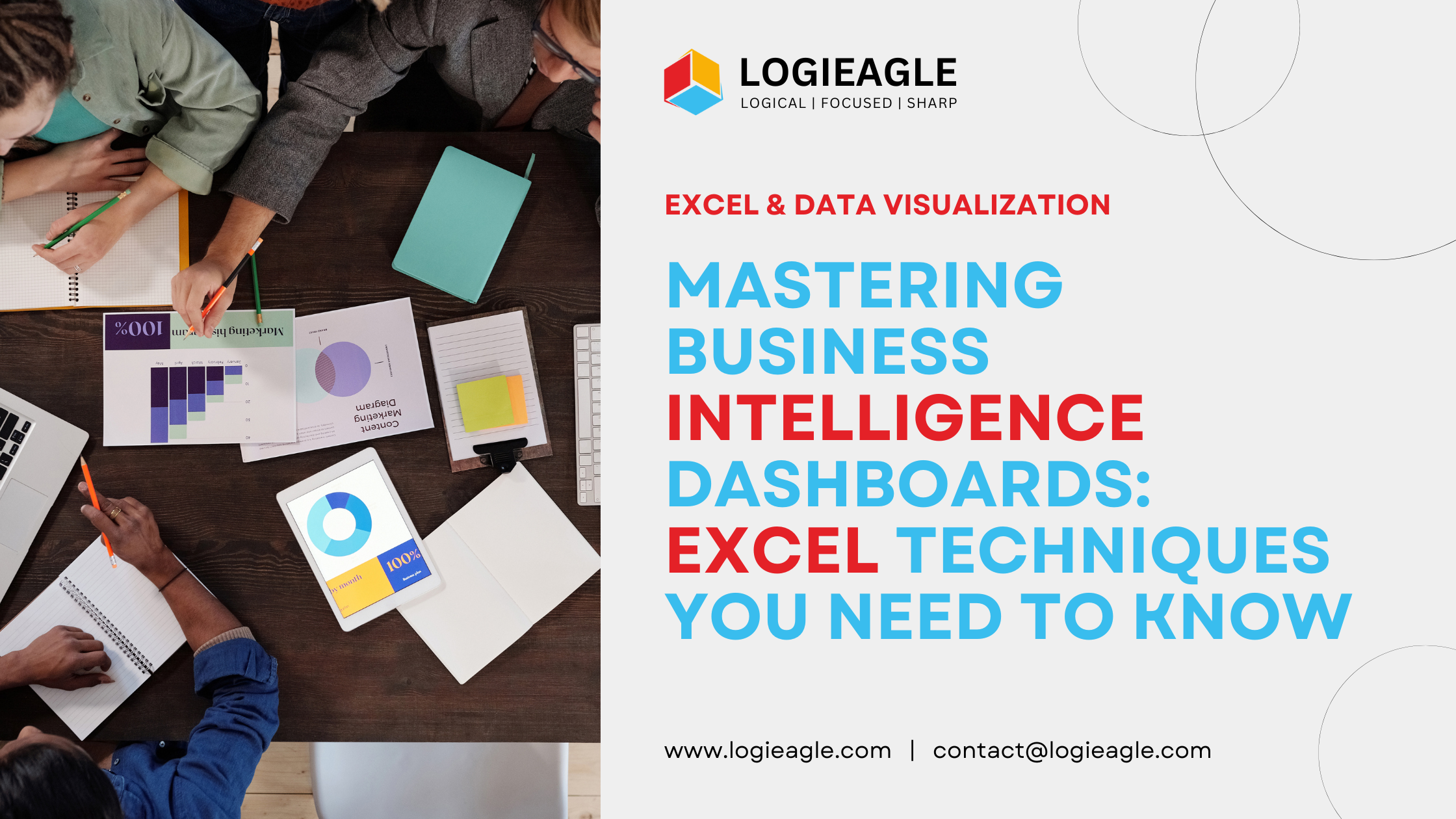 Mastering Business Intelligence Dashboards: Excel Techniques You Need to Know
Mastering Business Intelligence Dashboards: Excel Techniques You Need to Know
 Turning Excel into a Scalable Business Tool: A Step-by-Step Guide
Turning Excel into a Scalable Business Tool: A Step-by-Step Guide
 The Psychology Behind Intuitive UX: How to Design for User Comfort
The Psychology Behind Intuitive UX: How to Design for User Comfort
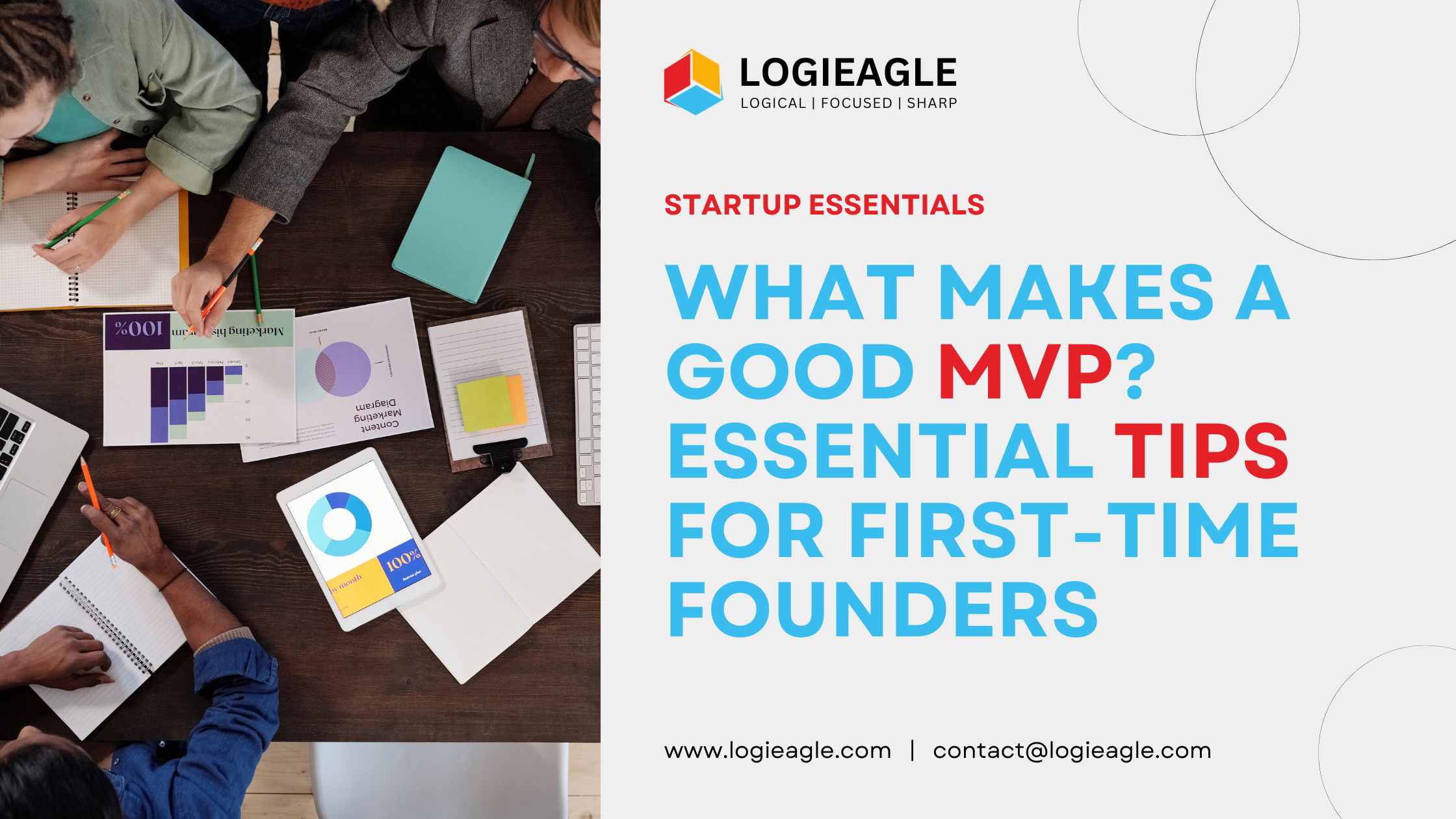 What Makes a Good MVP? Essential Tips for First-Time Founders
What Makes a Good MVP? Essential Tips for First-Time Founders
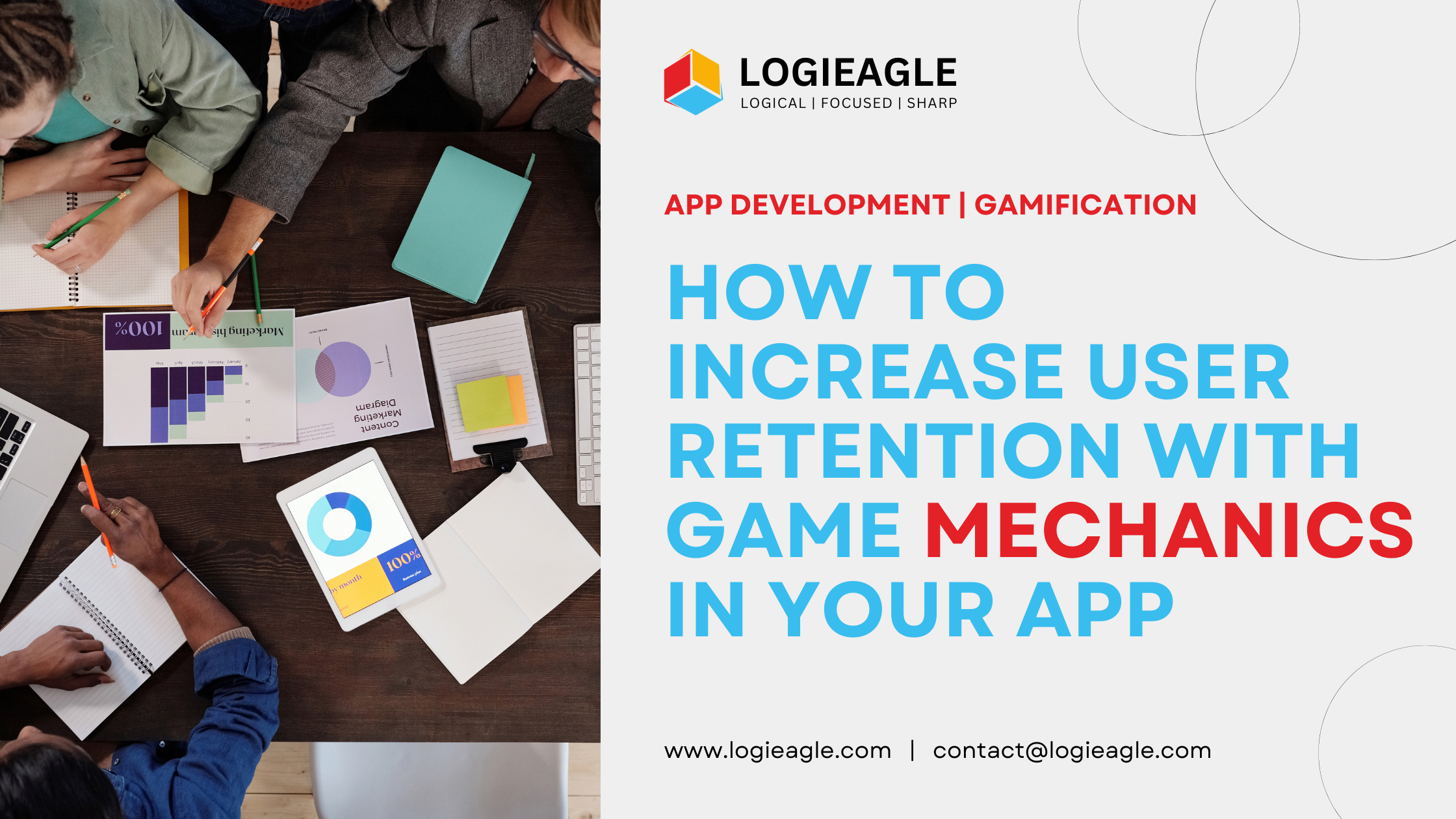 How to Increase User Retention with Game Mechanics in Your App
How to Increase User Retention with Game Mechanics in Your App
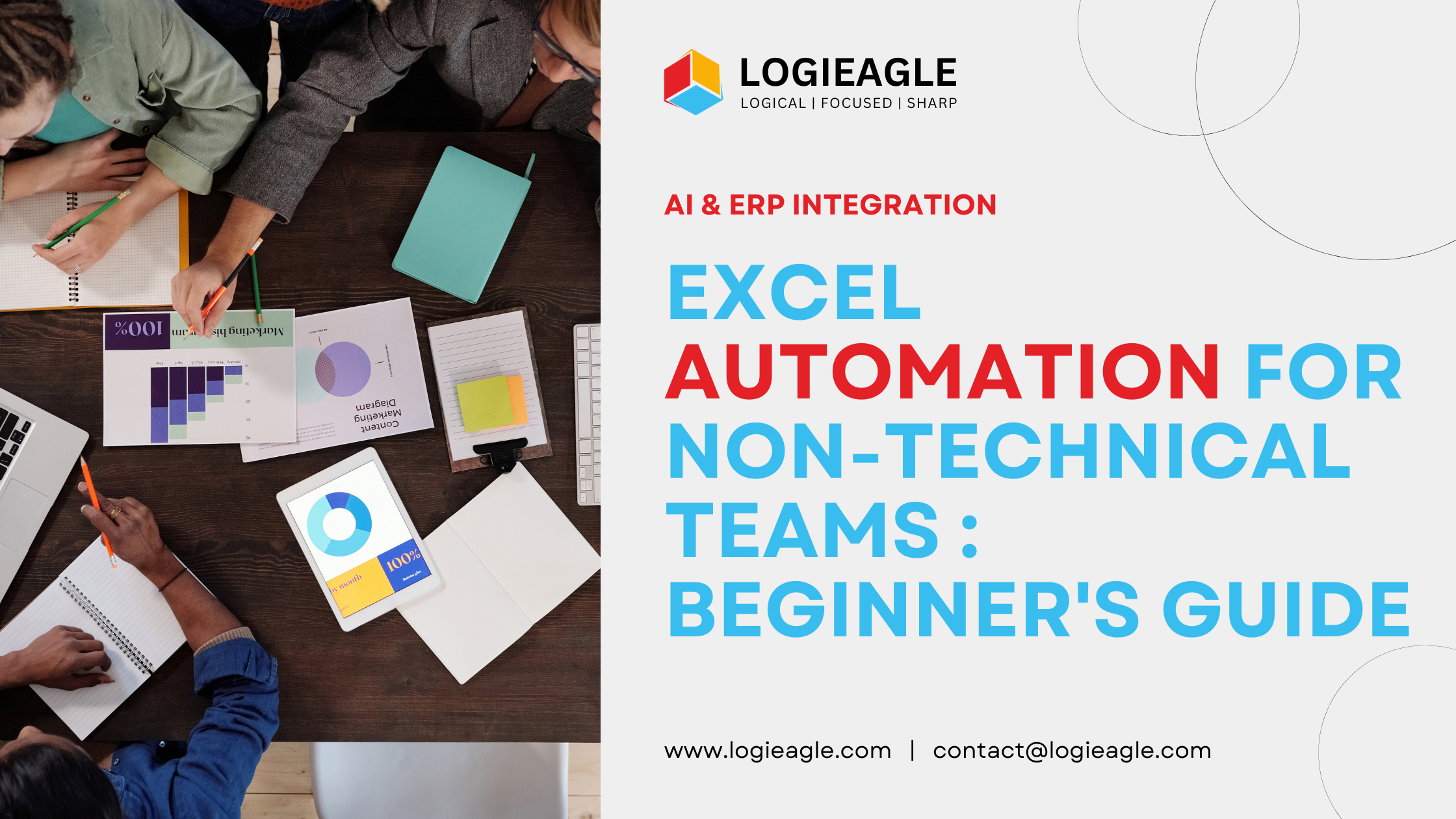 Excel Automation for Non-Technical Teams: A Beginner's Guide
Excel Automation for Non-Technical Teams: A Beginner's Guide
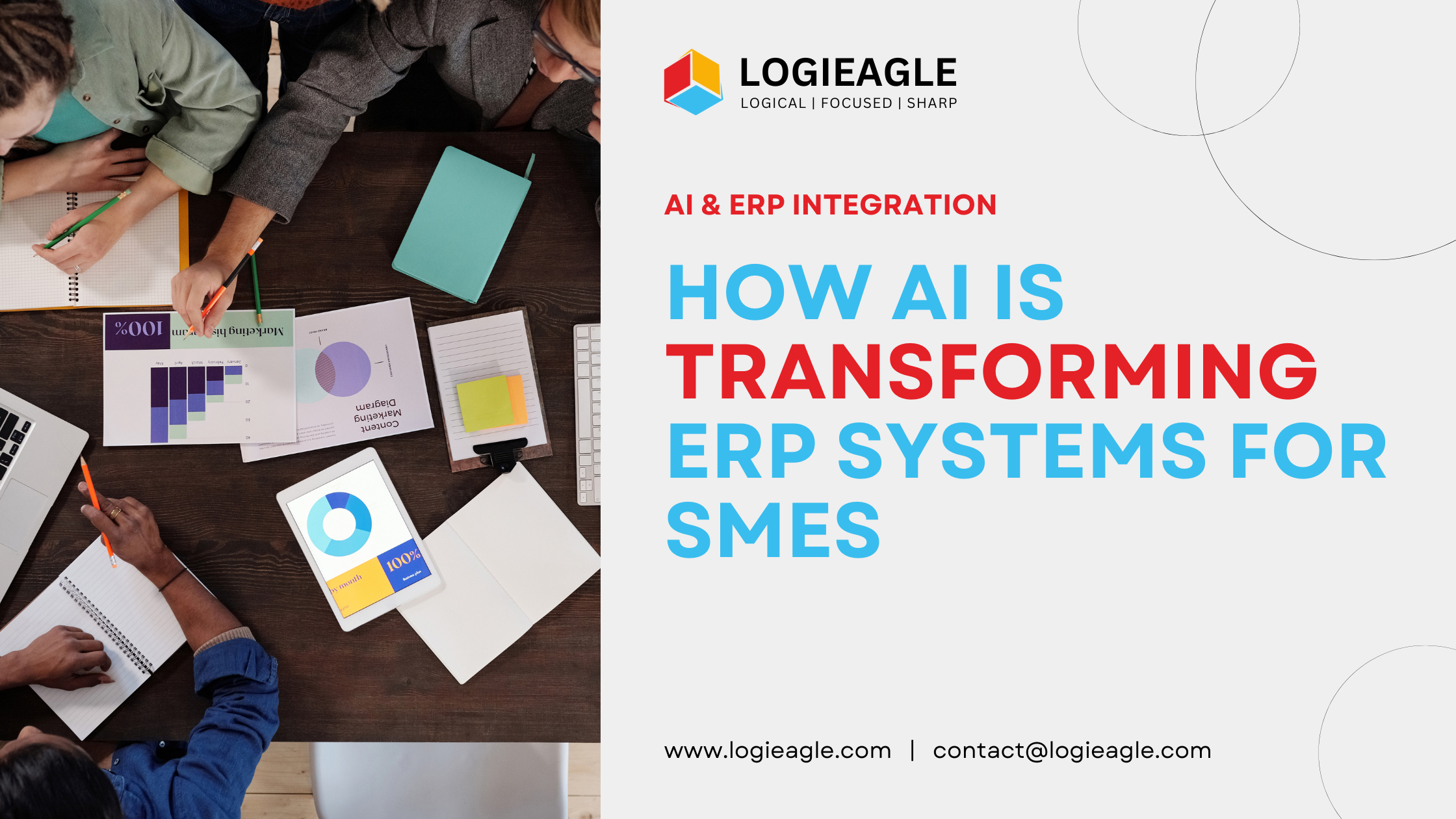 How AI Is Transforming ERP Systems for SMEs
How AI Is Transforming ERP Systems for SMEs
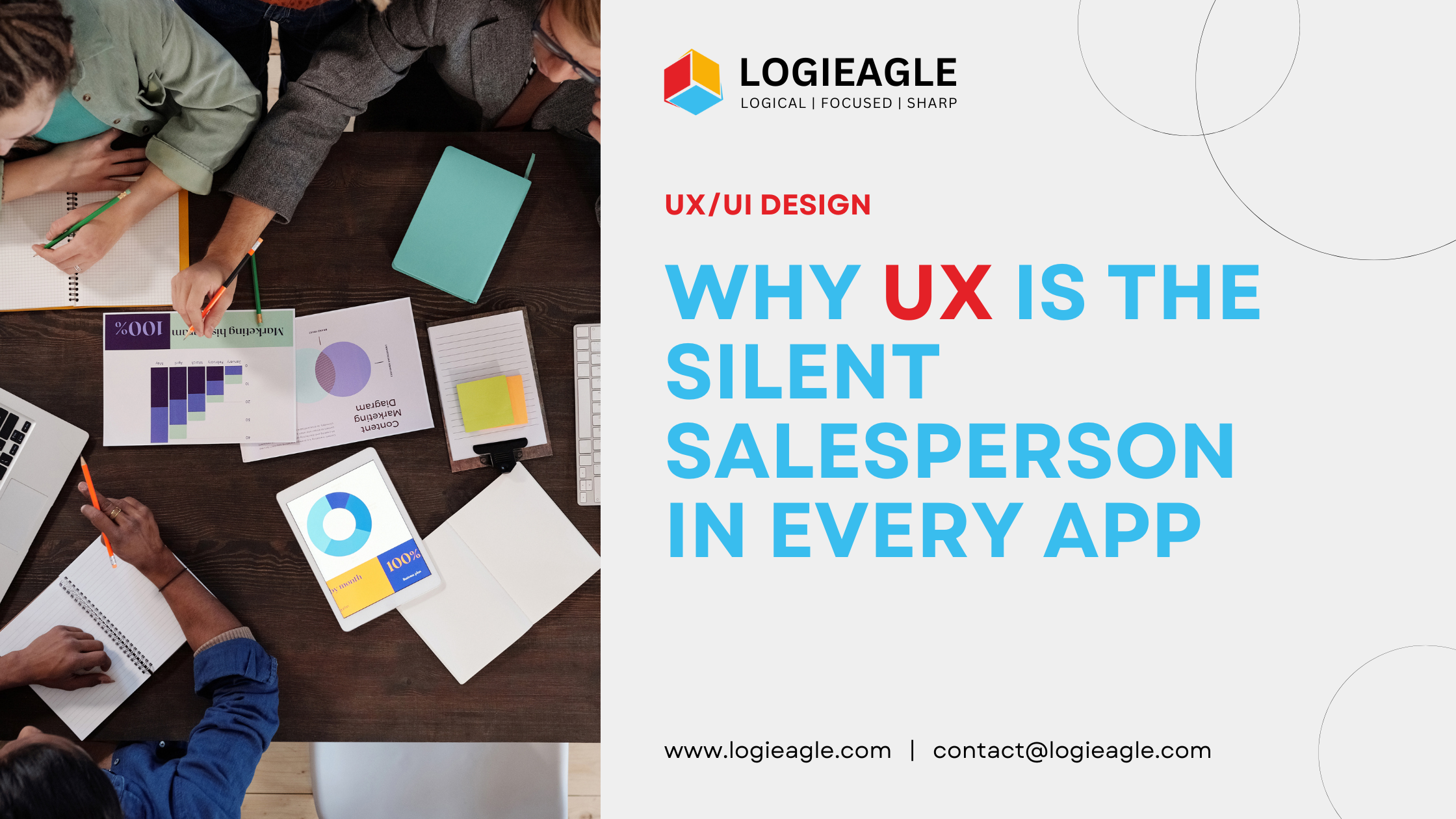 Why UX Is the Silent Salesperson in Every App
Why UX Is the Silent Salesperson in Every App